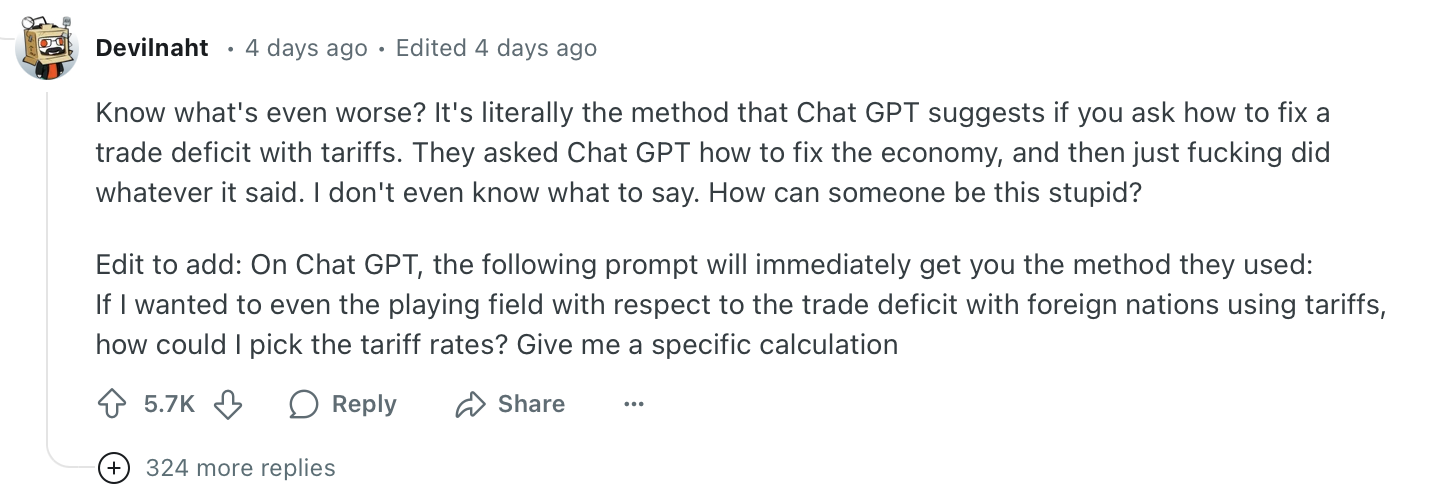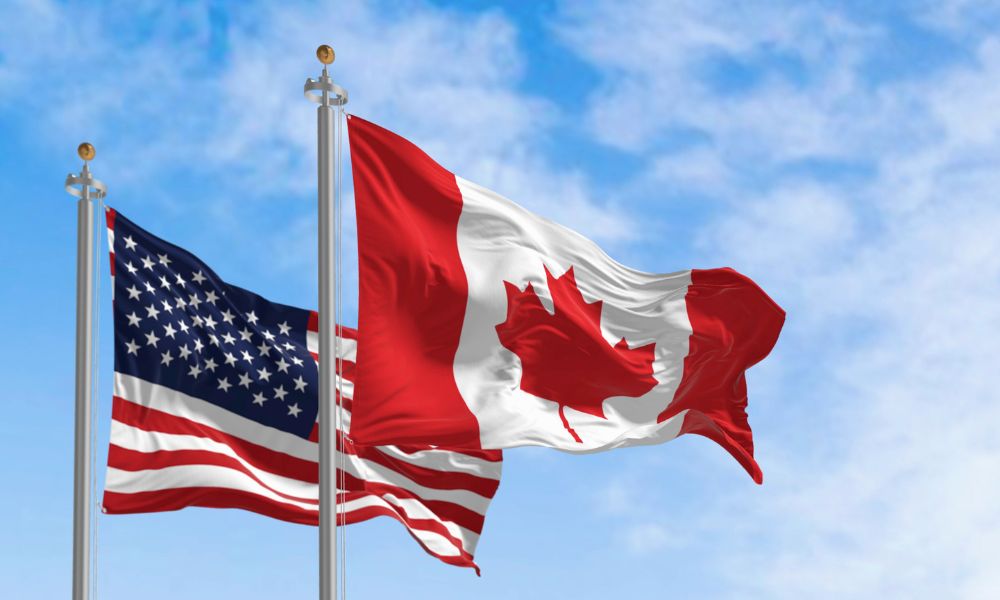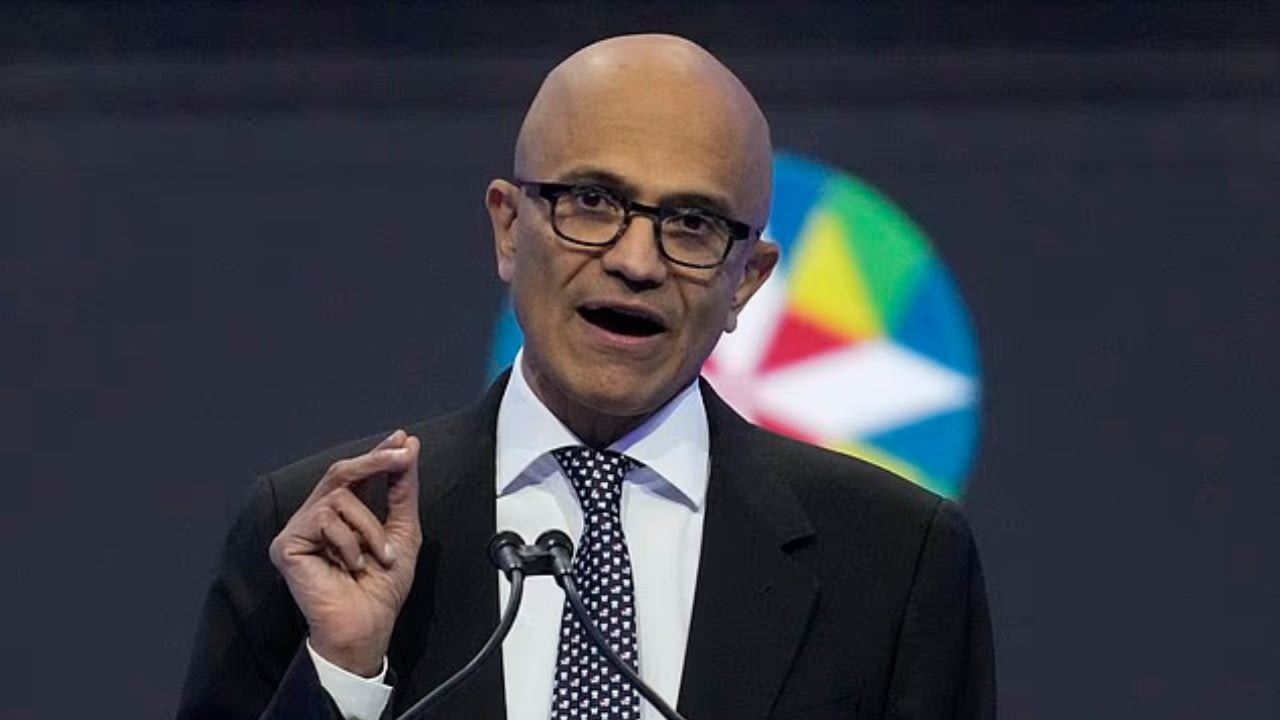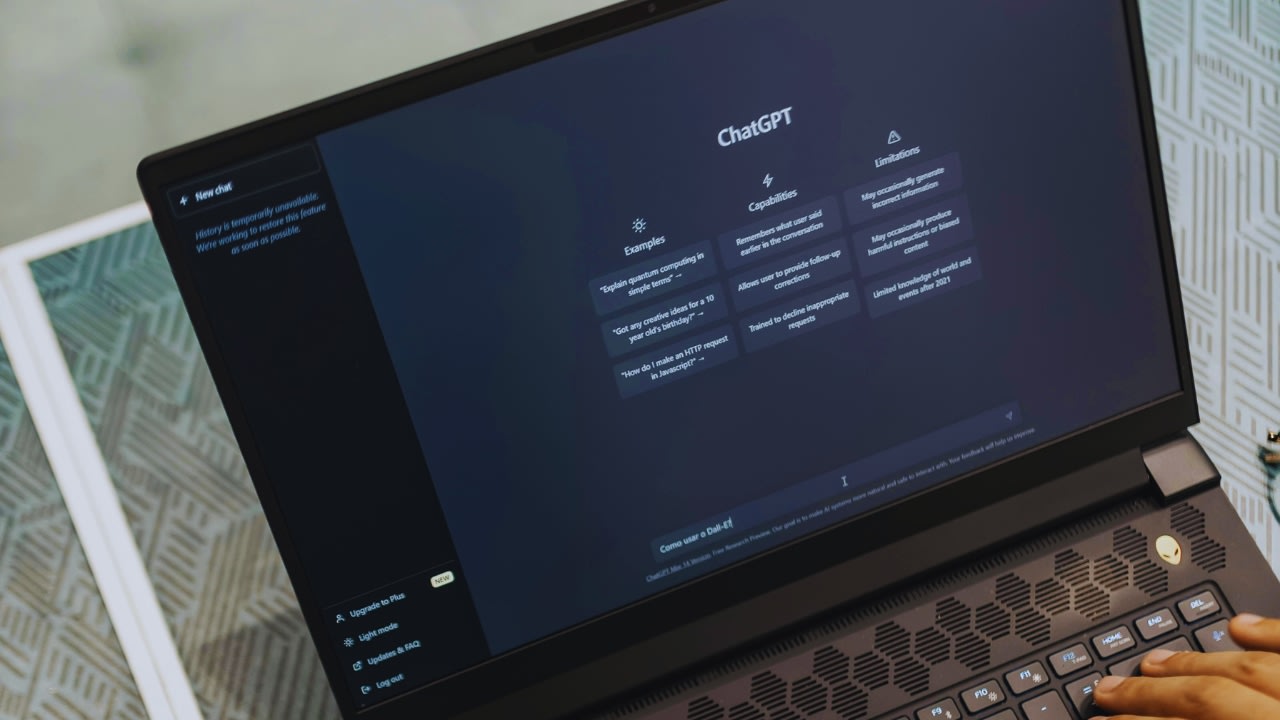Did a chatbot help shape international trade policy? That’s the question swirling after the Trump administration rolled out sweeping new tariffs — backed by a startlingly simple formula that matches, almost exactly, one generated by ChatGPT. As economists puzzle over the logic behind the moves, a Reddit discovery has added fuel to a provocative theory: in the age of generative AI, are even high-stakes decisions being outsourced to algorithms?
On Wednesday (US time), the Trump administration announced sweeping tariffs on nearly all major US trading partners. Some countries were hit hard, even if they had very small trade deficits with the US. A trade deficit means the US buys more from a country than it sells to them.
Normally, tariffs are set using complex models that factor in global markets, trade negotiations and long-term strategy. But this time, the formula revealed by the Office of the US Trade Representative looked surprisingly basic.
Here’s what they reportedly used:
Tariff Rate (%) = (US Trade Deficit with a Country ÷ Total US Imports from that Country) ÷ 2
To put it simply:
-
Take the dollar value of the trade deficit.
-
Divide it by the total value of US imports from that country.
-
Then divide that number by 2.
A simple example: Country A
Let’s say:
-
US imports from Country A = $100 billion
-
US exports to Country A = $70 billion
-
So, Trade Deficit = $100B – $70B = $30 billion
Now apply the formula:
-
30 ÷ 100 = 0.3
-
0.3 ÷ 2 = 0.15 → or 15% tariff
So under this method, the US would impose a 15% tariff on all imports from Country A.
But here’s the problem: this formula doesn’t account for some pretty important things, like:
-
Whether those goods are essential for US consumers
-
How the exporting country might retaliate
-
How the new prices would affect American businesses and buyers
That’s part of why economists were stunned. And then, things got even stranger.
The ChatGPT connection
Shortly after the announcement, a Reddit user asked ChatGPT a simple question:
“How should the US calculate a tariff to reduce its trade deficit with a country?”
The answer? Pretty much the exact same formula.
Even the “divide by two” step showed up—without any clear explanation.
Naturally, this raised a few eyebrows. Was someone in government actually using ChatGPT to write trade policy?
Within 12 hours, ChatGPT’s answer had been updated to a more nuanced version that included price elasticity—a measure of how buyers react to price changes. But even then, it still used the “divide by 2” or 50% reduction targetas a central example.
That 50% figure appeared in both the original and updated AI responses.
So… did they really use ChatGPT?
The US Trade Office hasn’t confirmed or denied anything. And we obviously can’t see who, if anyone, inside the government may have used ChatGPT.
But the resemblance is uncanny. And it’s raising some big questions:
-
Are policymakers really just copying and pasting AI-generated content without critical thought?
-
If AI can generate a basic formula, does that mean anyone can make policy now?
One Reddit user joked:
“Why pay an economist six figures when you can just ask a chatbot?”
But there’s a more serious point here.
The real issue
It’s not that AI is bad at maths. It’s that AI doesn’t understand the world.
It doesn’t know that slapping tariffs on allies can lead to trade wars. It doesn’t grasp how a 10% price rise on goods can hurt low-income families. And it definitely doesn’t understand diplomacy, history, or politics.
In this case, using a neat “divide by 2” to aim for a 50% deficit reduction might look logical—but it’s deeply oversimplified.
And applying the same rule to every country ignores:
-
The size of different economies
-
The strategic importance of certain imports and exports
-
Long-term economic relationships

The bigger picture
Even if no one in government literally copied ChatGPT, this incident shows just how tempting AI tools have become for fast, confident-sounding answers.
But policy decisions—especially in international trade—need more than just a clean formula. They need human judgment, nuance and responsibility.
This situation is also part of a wider debate: where do we draw the line between AI support and human decision-making?
As one observer put it:
“There are things humans absolutely should be paid for. And some things that some humans absolutely should not be paid for.”
Read the full conversation here.
The eerie overlap between ChatGPT and US trade policy may be a coincidence. Or it could reflect a troubling trend—overreliance on automation, even in the halls of power.
Either way, it’s a warning. Because in matters as serious as global economics, no AI-generated shortcut should ever replace expert insight and accountability.
(Special thanks to Mint Kang, our editor at , for her sharp observations on the topic.)











